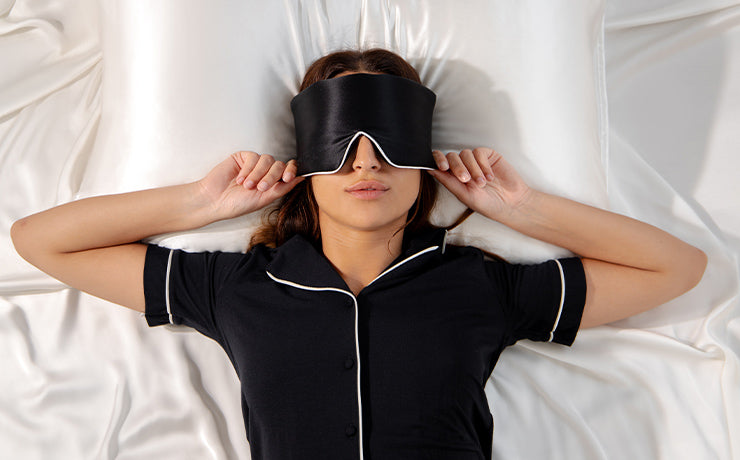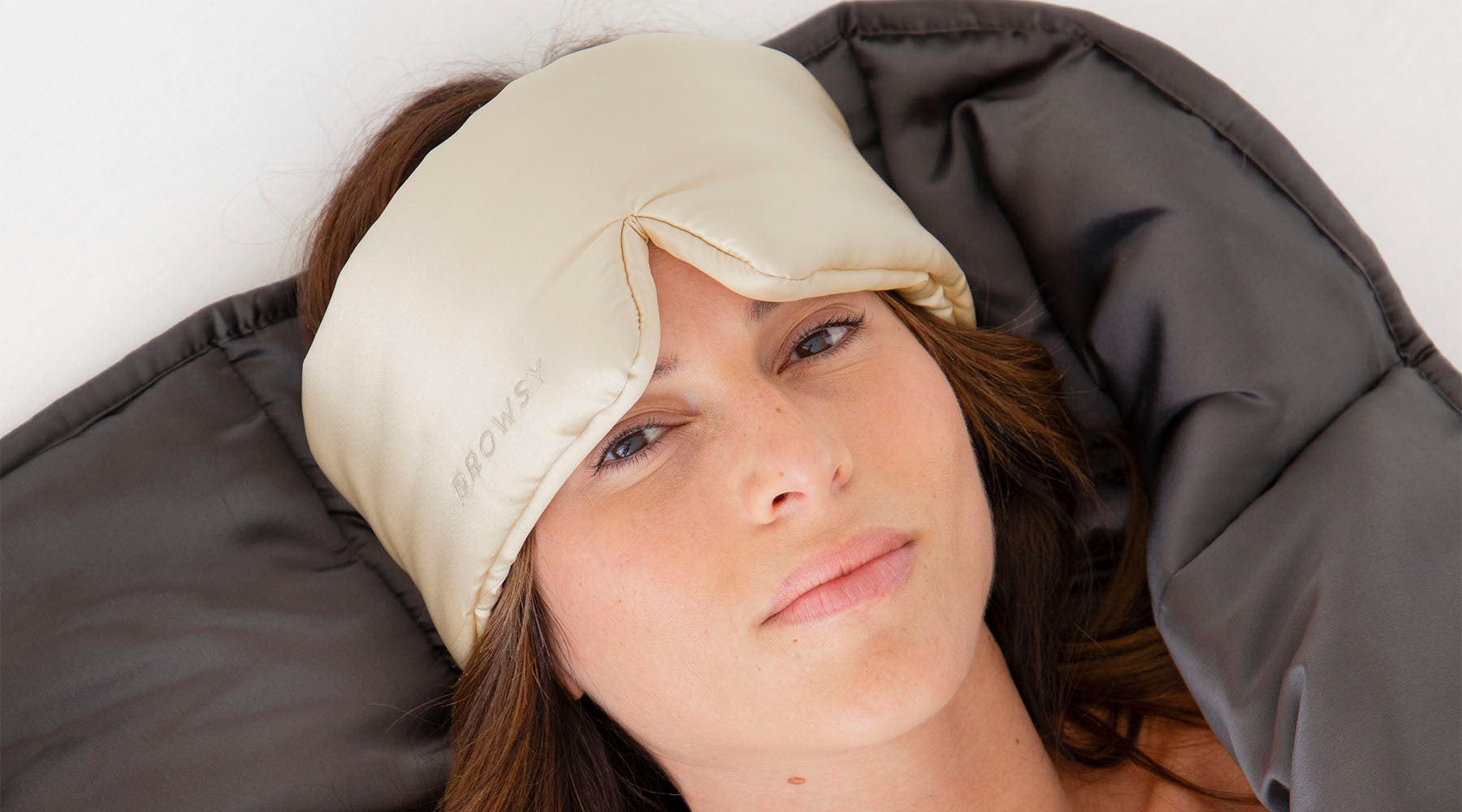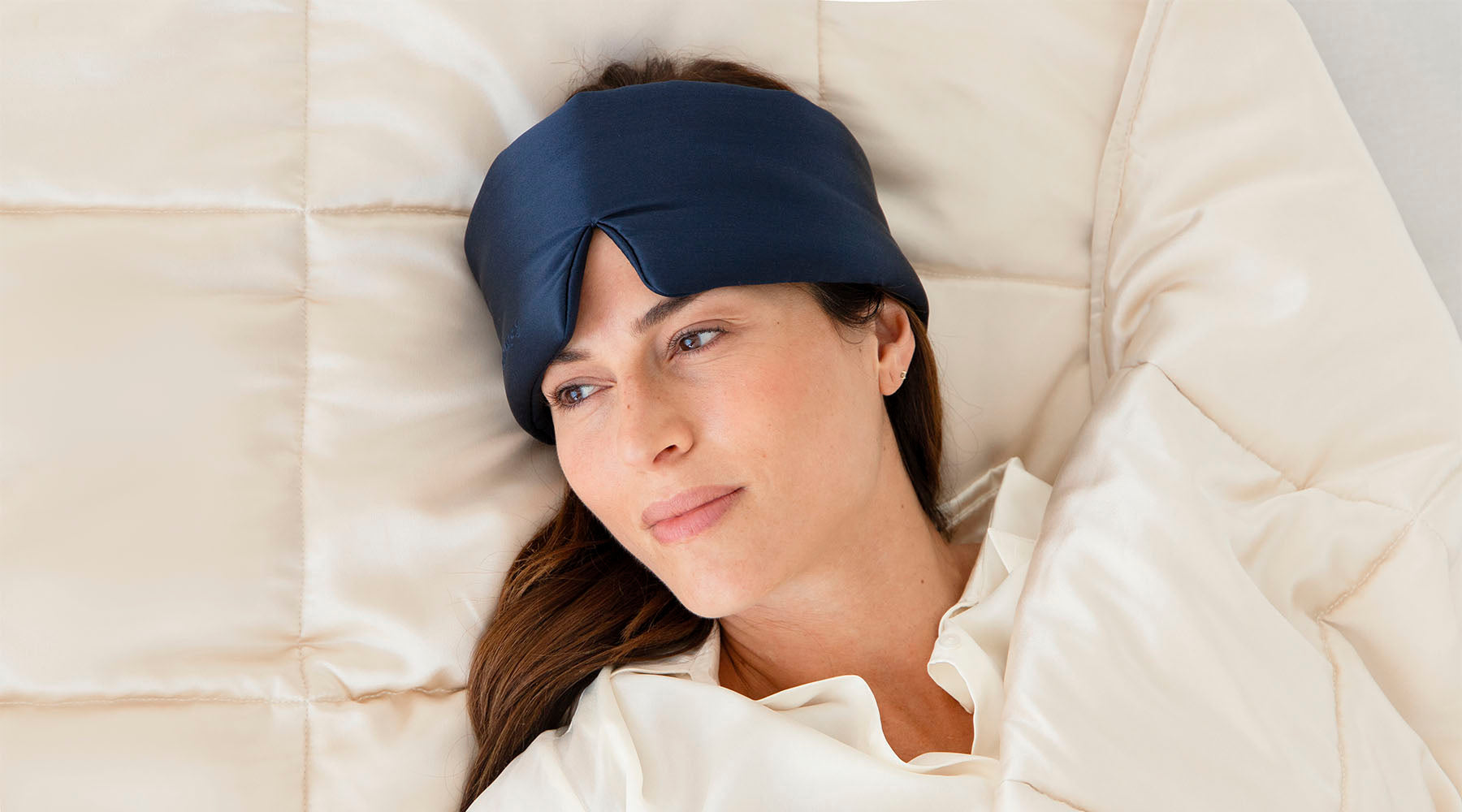Alleviating restless leg syndrome with weighted blankets
Do you experience an irritating, restless sensation in your legs at night that disrupts your sleep? You're not alone. Restless Leg Syndrome (RLS), also known as Willis-Ekbom disease, affects millions globally, leading to uncomfortable sensations and sleep disturbances. While various treatments exist, some individuals explore alternative methods to manage their symptoms. One such approach involves the use of weighted blankets, which may offer relief through gentle, consistent pressure.

What is Restless Leg Syndrome (RLS)?
RLS, or Restless Leg Syndrome, is a neurologic disorder that produces an uncontrollable need to move your legs, often accompanied by sensations like itching, tingling, or crawling. These feelings typically occur when you're sitting or lying down, making it challenging to unwind and fall asleep at night. Restless leg sensations can disrupt sleep significantly, leading to muscle spasms and twitching legs that frustrate attempts to rest.
The precise cause of RLS is not always known, although it's often associated with factors such as genetics, iron deficiency, pregnancy, or even some medications. There are two types of RLS: primary RLS, which is generally idiopathic and may be linked to genetic factors, and secondary RLS, which is often associated with other medical conditions such as iron deficiency or neuropathy.
Both forms impact the central nervous system and can influence the activity of nerve cells in the brain, which control leg muscle movements. What is clear, however, is that the constant need to move your legs can make it exceedingly challenging to obtain the rest you need. This, in turn, can cause daytime sleepiness, mood disturbances, and a decline in overall quality of life.
Exploring weighted blankets as a potential aid for RLS
Weighted blankets are designed to provide gentle, consistent pressure across the body, a concept known as Deep Touch Pressure (DTP). This pressure is believed to promote relaxation and may help individuals with RLS manage their symptoms. While direct studies on weighted blankets and RLS are limited, research on similar therapies offers insight:
-
Compression therapy: A study reported that external compression devices reduced the severity of RLS and improved sleep quality in patients, suggesting that consistent pressure can alleviate symptoms.
-
Deep pressure stimulation: This form of therapy has been linked to an increase in melatonin, the sleep hormone, as well as a decrease in anxiety, potentially aiding in better sleep quality.
These findings suggest that gentle pressure from a weighted blanket can ease RLS symptoms and the stress associated with them. Although they can't treat restless leg syndrome, weighted blankets may help create a more calming environment that supports relaxation and sleep quality.

The benefits of using a weighted blanket for RLS symptoms
1. Improving sleep quality
One of the main benefits of deep pressure for RLS sufferers is better sleep. By calming the sympathetic nervous system, a weighted blanket can reduce the urge to move your legs, allowing you to relax and drift off to sleep more easily.
2. Reducing anxiety
If you suffer from RLS, you often feel uneasy, especially when trying to sleep. Studies conducted among hyperactive children and adults report that deep touch pressure therapy can reduce stress levels, ultimately helping the body feel calmer and more settled.
3. Promoting relaxation
The sensation of being "hugged" by a weighted blanket can be very comforting. It can activate your body's natural relaxation response, which in turn helps you get ready for bed.
4. Offering a non-medical solution
Some people managing RLS may use medications, while others look for additional ways to feel more at ease. Weighted blankets offer a gentle, non-invasive tool that can create a calming environment without relying on medication.
5. Feeling comfortable and cozy
There's no question that weighted blankets are super-cozy. Deep pressure stimulation creates a safe and calm environment for your body, encouraging restful sleep. Having a weighted blanket you can snuggle into can offer a level of security and comfort that's hard to top.
How to choose the right weighted blanket for RLS
If you're convinced a weighted blanket could help you manage your RLS symptoms, it's time to find the right one for you. Here are some tips to consider:
-
Weight: A good rule of thumb is to buy a blanket that is roughly 10% of your body weight. So, for a person who weighs 150 pounds, for example, a 15-pound blanket would be ideal. Naturally, personal preference also comes into play, so try different weights and see what you are more comfortable with.
-
Size: Choose a weighted blanket that provides enough body coverage without overwhelming you. If you're using a weighted blanket for restless leg syndrome, opt for one that covers your legs or drapes over your entire body to provide the right amount of pressure without feeling too restrictive.
-
Material: Your weighted blanket should be soft, breathable, and cozy. Common materials are silk, cotton, and bamboo. Silk is the most premium of them all, offering a soothing sensation and a luxurious feel.
-
Even weight distribution: Make sure the blanket has evenly distributed weight. Many blankets feature small pockets that hold the weighted filling, which keeps the pressure consistent across your body and evenly distributed.

Find calm and comfort with a Drowsy weighted blanket
Restless nights can be tough, but simple tools can help you create a more relaxing bedtime routine. Drowsy's weighted blankets are thoughtfully designed to deliver gentle, even pressure that supports a calming sleep environment.
Made with 22 momme mulberry silk and precision quartz glass beads, these blankets offer a soft, luxurious feel that's perfect for winding down. Choose your favorite between Midnight Blue and Moonlight Shadow, and enjoy a more soothing sleep experience.






